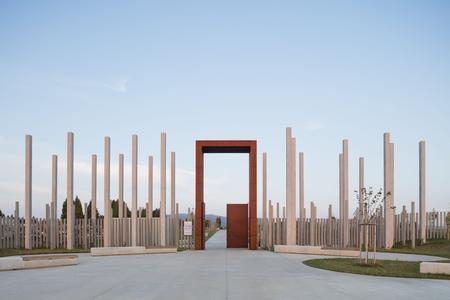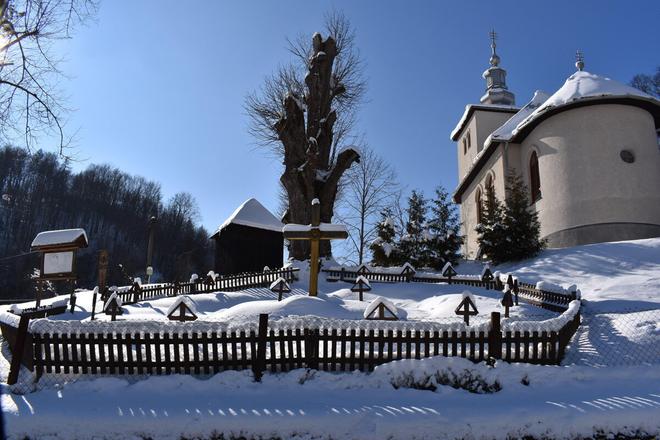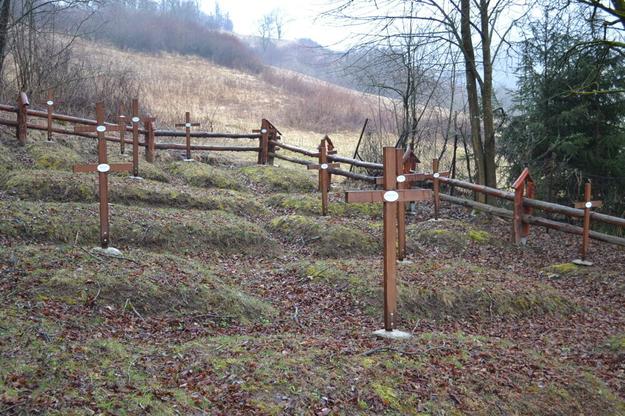The Monument Board of the Slovak Republic officially recognised two new national cultural monuments in the central record of the monument fund. These war cemeteries are located in Svidník in the Medzilaborce region as written in the Korzár Horný Zemplín daily.
Historians and monument preservationists were inspired to name these cemeteries as national monuments seven years ago during the 100 year anniversary of the First World War.

From 2014 to 2018, the Regional Monument Board in Prešov, in cooperation with the Monument Board of the Slovak Republic and the Historical War Club Beskydy (KVH) chose 59 locations that fulfilled their criteria for cultural monuments.From 2014 to 2018, the Regional Monument Board in Prešov, in cooperation with the Monument Board of the Slovak Republic and the Historical War Club Beskydy (KVH) chose 59 locations that fulfilled their criteria for cultural monuments.
The process of choosing these monuments was divided into two parts. The first war cemetery was announced as a monument in 2018 in the Snina region.
There are currently 27 war cemeteries from WWI recognised in the central record of the monument fund of the Slovak Republic.
"There is only one cemetery in Závad that was recognised as a national monument before 1989. All the others were only recognised in 2018-2020 while another 33 are still awaiting recognition," said Anton Liška, the specialist at the regional monument board in Prešov.
Martin Drobňák, the director of KVH Beskydy, claims that "recognising the cemeteries as national monuments is crucial for Slovak history, the future and the club as well".
By recognising these locations, the monuments board is announcing that they are important and they will not be destroyed in the future, Drobňák added. This process of recognition also means that the cemeteries that were not in good condition have been restored, like the ones in Zbojné and Palota, as mentioned in the Korzár Horný Zemplín.
Cemeteries were chosen based on their location, architecture and whether or not the region had a representative. Other important factors included the size and specific qualities of the cemeteries.
If the owner of the war cemetery is well-known, the process of recognising the location they represent can be managed within two to three months from the beginning of the selection process.



 (source: Jana Otriová)
(source: Jana Otriová)
 (source: Jana Otriová)
(source: Jana Otriová)